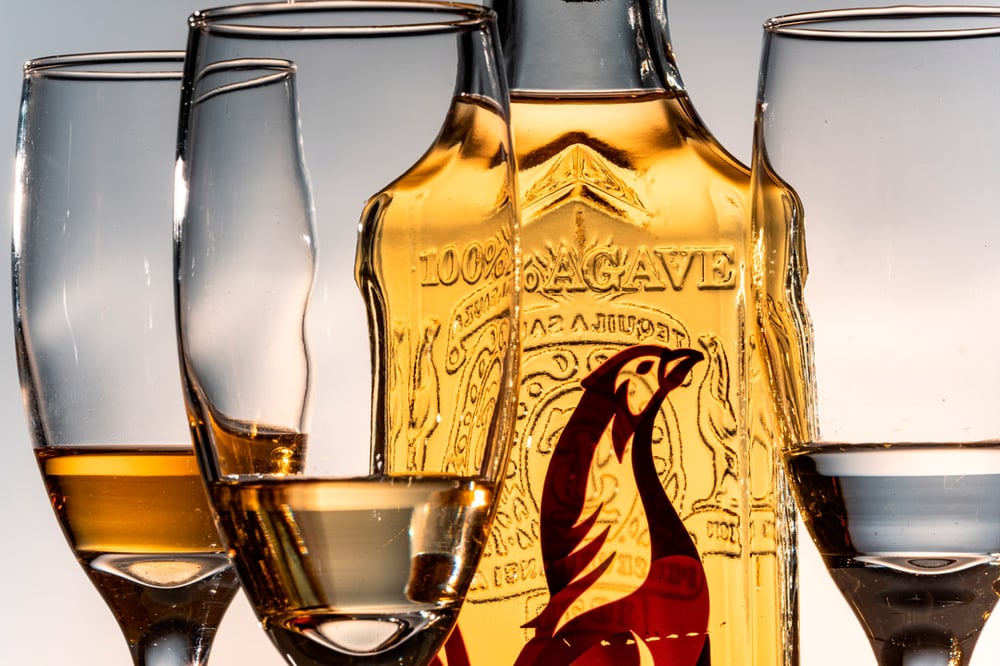
I've been working in the tequila industry for more than 18 years. Now, and during that time, I've been asked a hundred times about the aging process of tequila. In this blog, I will name some of the most frequent questions people ask, and I will try to respond to each one of them from my point of view and experience.
1.- "I have a bottle of rested tequila which I bought more than ten years ago; it must be a vintage tequila by now, right?
The answer is no. Even when your rested tequila has been in its bottle for more than ten years, it hasn't been in direct contact with the oak barrels, which is the only way a tequila can go through an authentic aging process. These oak barrels are containers with a capacity of no more than 600 liters each, and the tequila must rest in them for more than 12 months (as indicated in NOM-006-SCFI-2012)so it turns into a vintage tequila.
Although it did not turn into a vintage tequila, the tequila has been stored for more than ten years. It did not meet the requirements set by the norm. Your tequila bottle will continue to be of the same kind of tequila as when it was first bottled. (White, Young, Rested, Vintage, and Extra Vintage)
2.- "This tequila is more aged than the other because it looks darker"
During the resting/aging process, the wooden barrel provides the color of the tequila (among other things that add color to this liquid). The intensity of the color depends on the kind of wood it was rested in, the toasting process of the wood of the barrel itself, and even on the position of the barrel.
On the other hand, each company defines the sensory profiles they intend to give to each product. This means they also choose (among other sensory aspects) the color of the tequila since it will be one of the specific characteristics of their brand.
We can often find tequilas that look darker than others, regardless of how aged they are. It mainly depends on the specific characteristics that their brand is supposed to have. The best way to identify if a product is rested/vintage or not is by reading the label attached to the bottle. This label describes what kind of tequila it is: Rested, Vintage, or Extra-Vintage.
3.- "Does a vintage Tequila have less alcohol than a white, or a rested one?"
While it is true that tequila may lose some alcoholic strength during its aging process, this does not mean that it contains less alcohol than white or young tequila. Regardless of the kind of tequila that one buys, its alcohol volume (% Alc. Vol) is always adjusted to the required standards (35% Alc. Vol., 38% Alc. Vol, 40% Alc. Vol) of their specific brand and market before it gets sent to the packaging line. In addition, before being packed, every tequila must comply with the quality specifications set at the NOM-006-SCFI-2012.
So, regardless of the kind of tequila you buy (white, young, rested, or vintage), its alcoholic strength or % Alc. Vol. will be the one marked on the label of the tequila bottle.
At Casa Sauza, in barrels and "pipones" (huge barrels) made of American white oak. The wood of these containers undergoes different kinds of toasting to obtain the specific tones, aromas, and flavors that each brand of our tequilas has, from which the following stand out:
- Hornitos Reposado
- Hornitos Añejo
- Hornitos Black Barrel
- 3 Generations Reposado
- 3 Generaciones Añejo
- Conmemorativo
- XA
Every one of them is made with the highest quality.
If you want to know all about what is happening in Casa Sauza and how we are revolutionizing how we make tequila, subscribe to this blog or visit our web page. You can also come to Casa Sauza yourself and learn how we make the purest tequila you'll ever find.
.png?width=50&height=50&name=10.CS-Redondo%20(1).png)
